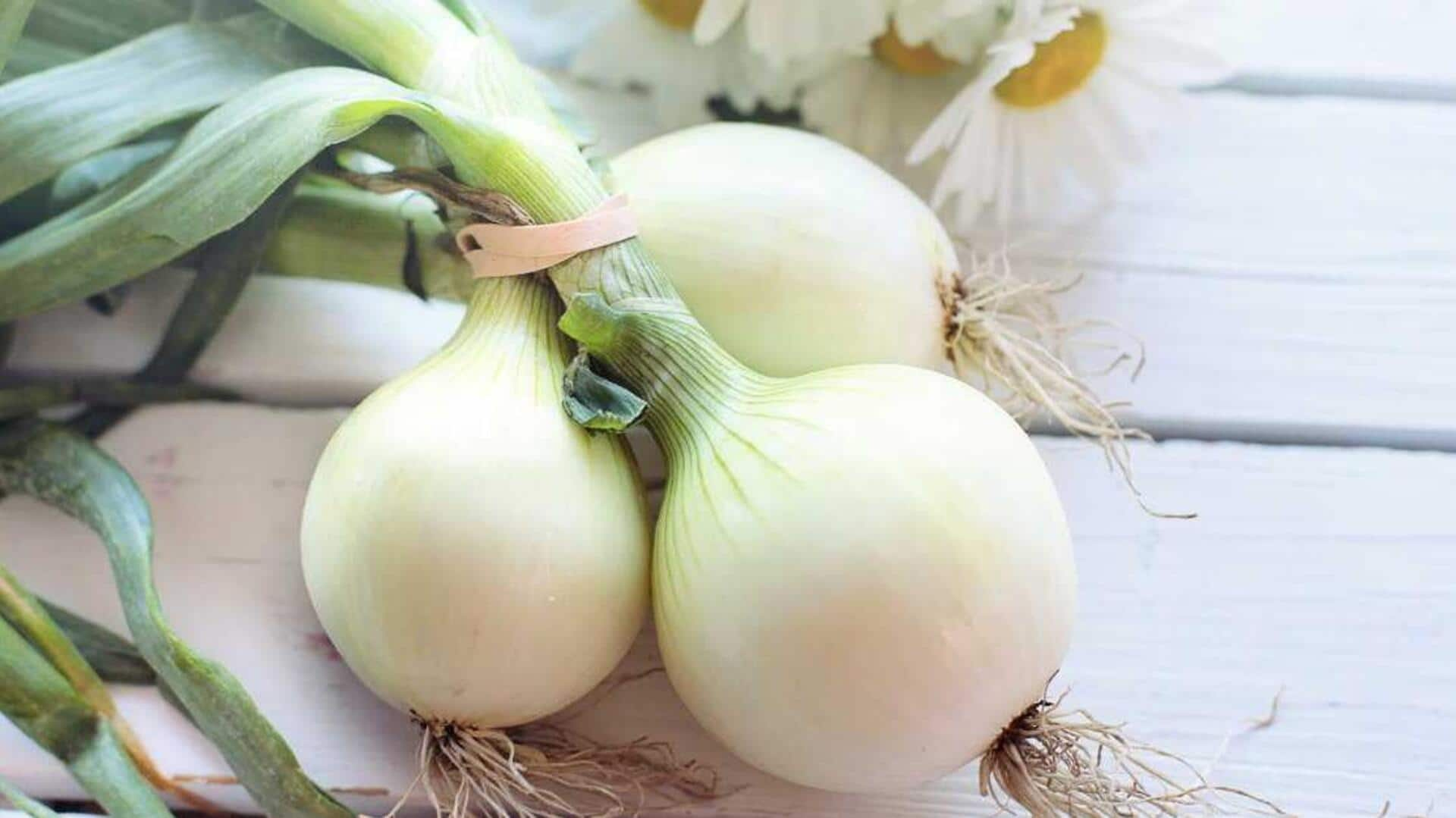
Fix joint pain naturally with onion poultice
What's the story
Onion poultices have been used for centuries as a natural remedy to calm joint pain. The simple but effective method involves applying a mixture of onions directly to the affected area, providing relief through its anti-inflammatory properties. Onions contain compounds to help reduce swelling, improve circulation, making them an accessible option for those seeking alternative treatments. Here's how onion poultices can be used effectively to calm joint pain naturally.
Preparation
Preparing the onion poultice
To prepare an onion poultice, start by finely chopping one or two onions. Gently heat them in a pan until they soften up but don't get brown. Once ready, wrap the warm onions in a clean cloth or gauze. Make sure to not make the poultice too hot before applying it to avoid skin irritation. The warmth helps soothe the joints, while letting onion's beneficial compounds penetrate deeper into the skin.
Application
Application process explained
Apply the prepared onion poultice directly on the affected joint area. Secure it with a bandage or cloth to keep it in place for about 20-30 minutes. This gives enough time for the anti-inflammatory properties of onions to work on reducing swelling and discomfort. Repeat the process two-three times daily for optimal results.
Benefits
Benefits of using onion poultices
Onion poultices provide numerous benefits when used regularly on painful joints. They reduce inflammation owing to their high sulfur content and other beneficial compounds such as quercetin, which serves as an antioxidant and anti-inflammatory agent. Moreover, using natural remedies like onion poultices reduces exposure to synthetic chemicals present in over-the-counter medications.
Precautions
Precautions and considerations
While onion poultices are largely safe, it's important to do a patch test if you have sensitive skin or allergies. Discontinue use immediately if irritation occurs. Consult a healthcare professional if symptoms persist or worsen, despite treatment efforts. Safety should always be the top priority, ensuring the method aligns with individual health needs and conditions.